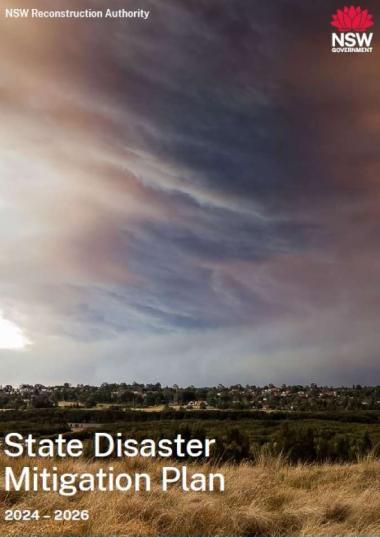

This multi-hazard contingency plan was developed as a collaborative effort and consultative process under the guidance of the Department of Disaster Management Affairs. Malawi is prone to a variety of slow and sudden-onset disasters which include floods, dry spells, stormy rains, strong winds, hailstorms, landslides, earthquakes, pest infestations, disease outbreaks, fires and ad-hoc accidents. Inter-agency contingency planning is essential to ensure that humanitarian agencies/organizations in the country are ready to manage future uncertainty by developing responses to the likely disasters. The multi-hazard contingency plan acts as a framework for resource mobilization for disaster preparedness, response and recovery activities, while local humanitarian organizations are guided by the National Contingency Plan (NCP) to set aside emergency funds in anticipation of disasters.
The NCP laid out in this document is based on five prioritized anticipated hazards: floods; dry spells; disease outbreak; pest infestation; strong winds/stormy rains. All hazards considered within the contingency plan have three scenarios through which planning assumptions were developed. These are the best-case scenario, moderate scenario and the worst case scenario. After analysis of each scenario, the most likely scenario, ‘the moderate scenario’ for each hazard was identified and planned for at national level.





